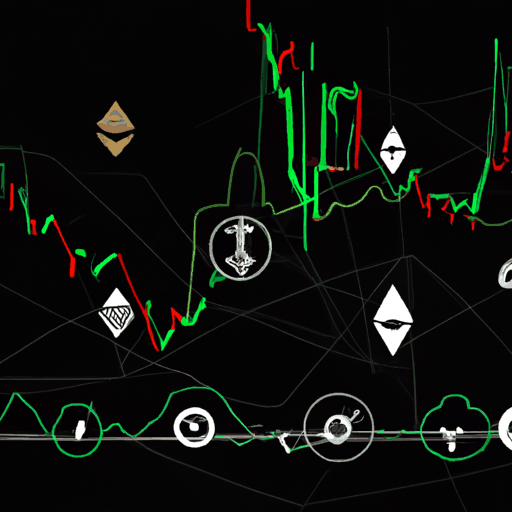
Bitcoin's Market Volatility Amid Geopolitical Tensions
By: Isha Das
The cryptocurrency market has recently experienced significant turbulence, particularly for Bitcoin, following intensified geopolitical tensions in the Middle East. A sudden drop in Bitcoin's value below the $100,000 threshold was observed as the US conducted airstrikes on Iranian nuclear facilities, prompting Iran's parliament to vote on closing the strategic Strait of Hormuz, a key point for global energy trade. This led to a substantial liquidation in the crypto markets, with over $1.79 billion liquidated, largely from long positions. Bitcoin's value dropped by 4.2% to approximately $98,300 before seeing a slight recovery shortly after.
Arguably, global tensions over the blockade of the Strait of Hormuz have created a ripple effect not only on digital assets but also on traditional markets. The uncertainty surrounding the geopolitical landscape has heightened market anxiety, triggering sharp movements in assets like crude oil, which spiked before stabilizing. According to Reuters, Brent crude prices momentarily hit a five-month high on concern over disrupted oil flow through Hormuz, underscoring the sensitivity of markets to these unexpected geopolitical events.
Despite the prevailing bearish sentiment, recent data suggests that Bitcoin’s market fundamentals remain intact. On-chain analytics indicate a period of consolidation rather than a catastrophic breakdown. According to CryptoQuant's Darkfost, many long-term holders are retaining their Bitcoin positions, a sign of ongoing confidence amid short-term market disruptions. The analysis further underscores a lower reading on the Binary Coin Days Destroyed metric, implying that the market is far from overbought, with potential for a continued bull phase once turbulence subsides.
Whale activity, another crucial metric analyzed by CryptoQuant, reveals steady behavior, reflecting past market trends where substantial exits did not accompany Bitcoin's dramatic price fluctuations. Ethereum's transaction outflows also didn’t exhibit panic selling, suggesting measured investor sentiment. Analysts anticipate Bitcoin’s current phase as part of a typical market cycle, where periods of price consolidation often precede new upward trends, keeping closely tied to the outcomes of geopolitical maneuvers and subsequent market responses.



